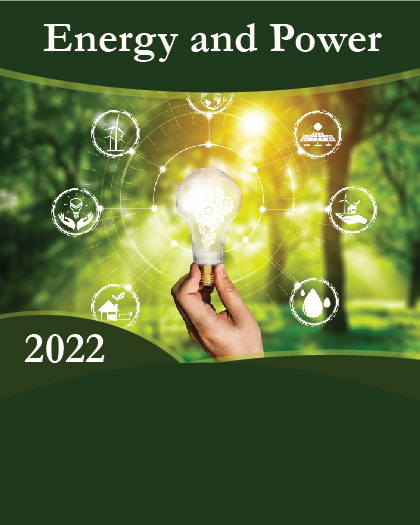
The global second- and third-generation biofuels market accounted for $3,574 million in 2015, and is expected to reach at $57,124 million by 2022, registering a CAGR of 48.9% from 2016 to 2022. Biofuels are fuels produced by a biochemical reaction using biological sources such as raw materials. Based on production, biofuels can be categorized into first-, second-, and third-generation biofuels. First-generation biofuels, also known as conventional biofuels, are prepared using food crops, such as soy, rapeseed, corn, and similar others. Second-generation or advanced biofuels are produced from non-food crops and waste, such as forest residues, non-edible oils, crops, such as Miscanthus, and others. Third-generation biofuels are derived from algae, which has proven to be the most efficient source for biofuel production. The market is expected to register a double-digit growth rate during the forecast period, attributed to the increased demand from the transportation and the power generation industry.
The global second- and third-generation biofuels market has driven by the factors, such as sustainable and clean source of fuel, easy availability of raw materials that are non-food crops & wastes, lesser concentration of greenhouse gases as compared to conventional fuels, and governmental incentives that supports the development of advanced biofuel production technologies. Provides opportunities for new entrants due to lesser number of fully commercialized manufacturers of different types of advanced biofuels.
The second- & third-generation biofuels market is segmented based on biofuel type, feedstock, generation, and geography. The generation segment includes second- and third generation. According to feedstock, it is divided into simple lignocellulose, syngas & biomass, complex lignocellulose, algae, and others. On the basis of biofuel type, it is classified into bioethanol, biodiesel, biobutanol, bio-DME (dimethyl ether), and others. Based on application, it is categorized into transportation, power generation, and others. Geographically, the market is analyzed across North America, Europe, Asia-Pacific, and LAMEA, with country-level analysis of each region.
Key Market Players
Algenol Biofuels, Inc.
Abengoa S.A.
Sapphire Energy, Inc.
Chemrec AB
GranBio
DONG Energy A/S
INEOS Bio
Clariant
ZeaChem, Inc.
Blue Marble Biomaterials
The global second and third-generation biofuels market is highly competitive, owing to the presence of several well-established manufacturers and vendors. These companies are extensively undergoing R&D of new products for specific applications and conditions.
KEY BENEFITS FOR STAKEHOLDERS
This report provides an extensive analysis of the current trends, emerging estimations, and dynamics in the global second- and third-generation biofuels market from 2014 to 2022, which identifies the prevailing market opportunities.
Exhaustive analysis facilitates in understanding the types of biofuels, feedstocks used currently, and the variants expected to gain prominence in the future.
Extensive analysis of applications estimates the various types of biofuels that are expected to be used in different end-user applications.
A detailed analysis is conducted by following key product positioning and monitoring the top competitors within the market framework.
Key market players are profiled and their strategies are analyzed thoroughly, which helps understand the competitive outlook of the market.
KEY MARKET SEGMENTS
By Generation
Second Generation
Third Generation
By Biofuel Type
Bioethanol
Biodiesel
Biobutanol
Bio-DME
Others (Biogas and Bio Oil)
By Feedstock
Simple Lignocellulose
Syngas & Biomass
Complex Lignocellulose
Algae
Others (Forest Residue, and Nonedible Oil)
By Application
Transportation
Power Generation
Others (Heating, etc.)
By Geography
North America
U.S.
Canada
Mexico
Europe
Belgium
Germany
France
Italy
Spain
Rest of Europe
Asia-Pacific
China
Thailand
India
Rest of Asia-Pacific
LAMEA
Brazil
Argentina
South Africa
Rest of LAMEA
Other prominent market players are:
American Process, Inc.
Amyris, Inc.
Butamax Advanced Biofuels, LLC.
Enerkem
Emco Klimatechnik Gmbh & Co. KG
Gevo, Inc.
POET, LLC.
Joule Unlimited, Inc.
(The above companies are not profiled, but can be done on client's request)
























